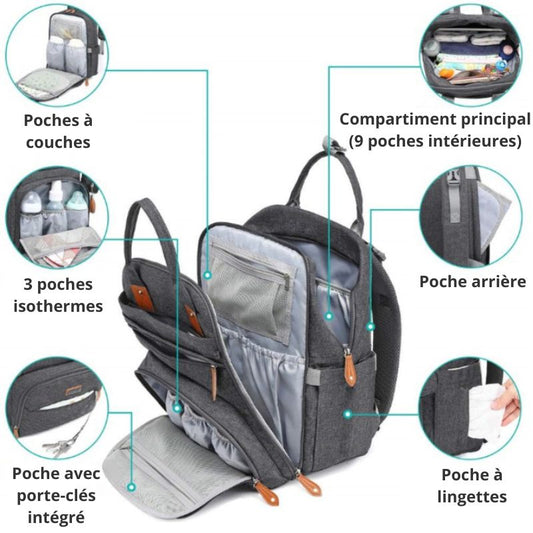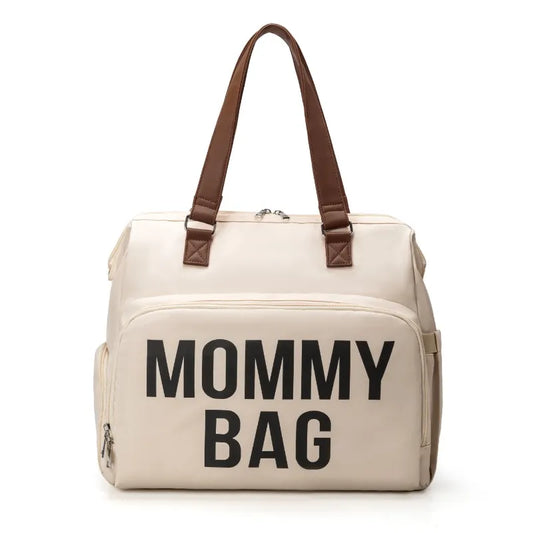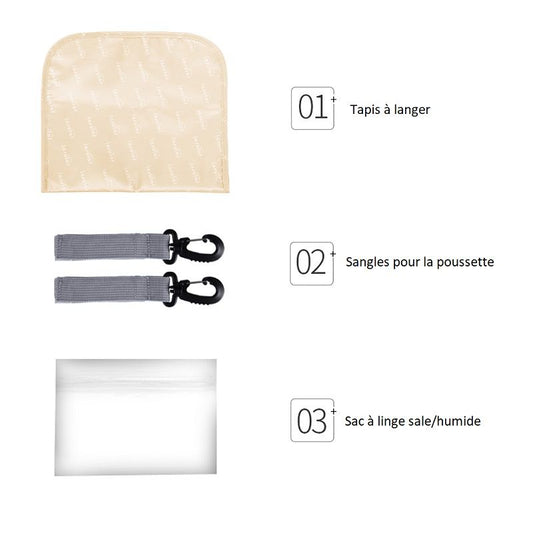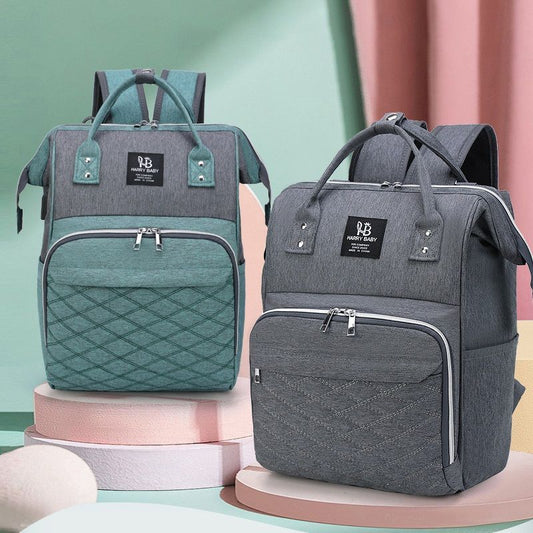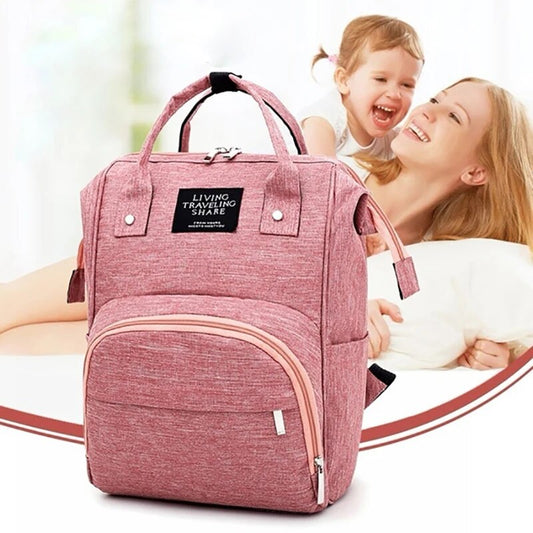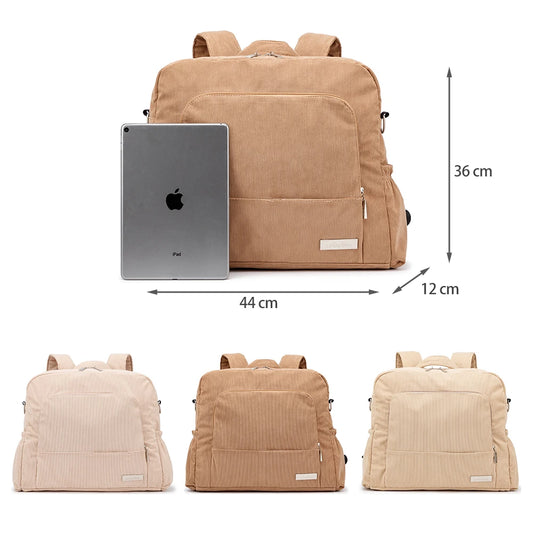What is an umbilical cord blood bank?
Stem cells from the umbilicus and placenta can be collected, processed and stored after a baby is born for life-saving uses. Cord blood has been used successfully in this and other countries to treat more than 80 medical conditions, including hematologic disorders like leukemia and hemoglobinopathies like sickle cell disease. Because the cells are collected after cord division, the process is completely safe with no risk to mother or baby.
Cord Blood Banking Options
There are currently two options for storing cord blood: public or private banks. The family relinquishes ownership of the cells through a public donation, while families who choose a private bank retain ownership. For a variety of reasons, the American Academy of Pediatrics strongly recommends public donation. Public donations of umbilical cord blood are free while private donations of umbilical cord blood are charged. The initial costs of opening a deposit in a private bank are 1350-2300 USD and additional deposit costs are approximately 100-175 USD per year until the child becomes an adult. He adds that public banks are well monitored under regulations, while there is not as rigorous monitoring in private banks and therefore the quality of samples may not be good. If, for example, stem cell transplantation is possible for any medical condition and this disease is genetically predisposed in the family, it is recommended to stockpile stem cells. Otherwise, the chances of using privately stored cord blood are minimal-one of thousands compared to public banking.
Understanding the Capacity of Private Cord Blood
Parents who make the decision to store cord blood privately should be educated that their child with a malignant disease, such as leukemia, cannot use their own supply because their cells are pre-malignant from birth . This means that umbilical cord blood from a healthy baby would be more likely to be used for siblings with malignant hematological diseases. If you plan to have just one child, private cord blood banking may not be of much use (unless, of course, stem cells one day become the treatment for Alzheimer's disease or dementia).
Need a cord blood bank
With improving treatment options, for example, more widespread launch of SCID baby screening in most states, the need for stem cell transplantation with cord blood is also increasing. Unlike bone marrow transplantation with a close HLA match between donor and recipient, even cord blood cells can be successfully transplanted in cases of HLA differences; and after transplantation, the risk of graft-versus-host disease is significantly reduced with cord blood.
New AAP Guidelines
In October 2017, the American Pediatric Association revised its new guidelines for cord blood donations, and they are good to review. The new AAP recommendations introduce the topic as follows: "In 2013, more than 30,000 hematopoietic stem cell transplants (HSCTs) were performed using cord blood as the source of stem cells worldwide. Disease distribution was 57% malignant diseases, 32.5% hemoglobinopathies, 6% severe combined immunodeficiencies (SCID) or T cell-related disorders, and 1.5% other disorders. units of cord blood are stored in public cord blood banks, and more than 5,000,000 units of cord blood are stored in private cord blood banks The trend of increasing numbers. units of cord blood transplanted into patients over 16 years of age has increased gradually over the past decade. Clinical outcomes for malignant and non-malignant disorders have begun to be reported in the literature, and it is clear that the HLA barriers may be more easily overcome with cord blood transplants than with mismatched bone marrow or peripheral stem cell transplants."
Increased need for cord blood among minorities
Another point of the new recommendations is that there is a significant need for stored cord blood among minorities. Cord blood from minority groups is poorly represented in banks, both public and private. Therefore, raising awareness among families from minority groups is extremely important.
System improvement proposal
As I learned about the topic of this essay, I realized that there could be a number of projects that could ultimately bridge the two spheres of cord blood banking, public and private. My youngest daughter 's cord blood has been stored in a private bank for almost 10 years and has done nothing to help. If his cells match someone who needs a transplant, my family will gladly give up the property to save a life. With private banking available these days, why not allow families to simply record their child's HLA type in a public national database? When a person needs a particular sample, the family could be contacted to say yes or no to the donation in a completely selfless or no way. I think for private storage of cord blood that will probably never be used, most families would say they would donate it. A program of this type would require excellent communication between private cord blood banking companies and public companies.
Conclusion
Do not hesitate to discuss this with your obstetrician or pediatrician. There are truly many people who need stem cell transplants for diseases that are otherwise incurable, so cord blood donation is truly a major public service. Going with a public bank means you have a much better chance of saving someone else's life through a medical disaster that might never happen to you, but it's a very noble cause. Every parent really should do this! For more information, you can consult the Biomedicine Agency website.















